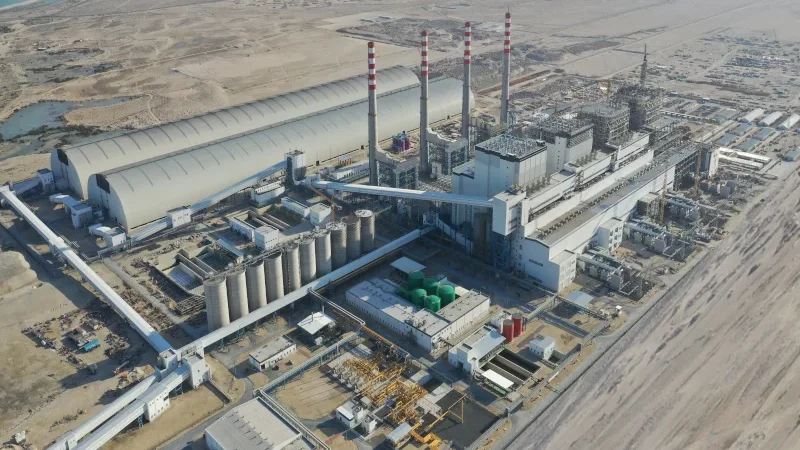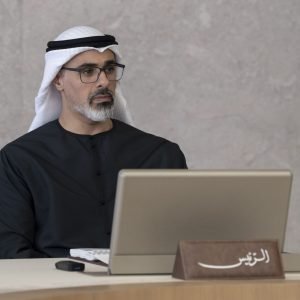Introduction:
In the last few decades, the UAE has transformed from a desert nation into a global hub of innovation, luxury, and sustainability. Central to this transformation is its ability to produce and supply electricity to its ever-growing cities, businesses, and industries. But how does the UAE, a country with limited natural water sources and intense desert heat, generate the electricity needed to power its ambitions? In this article, we will explore the various methods the UAE uses to produce electricity and how the country is shifting toward greener, more sustainable energy sources.
Traditional Power Generation in the UAE
For years, the UAE primarily relied on natural gas to produce electricity. Natural gas remains the country’s dominant source of power, with more than 90% of electricity generated from this resource. The abundant availability of natural gas in the region made it a convenient and reliable option to meet the UAE’s growing energy demands.
Natural gas power plants burn the gas to create steam, which spins turbines and generates electricity. This method is efficient and effective, but it has a significant environmental impact, contributing to the UAE’s carbon emissions. Recognizing the need for cleaner alternatives, the UAE has embarked on an ambitious journey to diversify its energy sources.

The Rise of Renewable Energy
As the UAE looks toward a more sustainable future, renewable energy has taken center stage in its energy strategy. The UAE has made significant investments in solar power, nuclear energy, and wind energy, aiming to reduce its reliance on fossil fuels and lower carbon emissions.
1. Solar Power: Harnessing the Desert Sun
One of the UAE’s most notable energy projects is its investment in solar power. Given the country’s climate, with an average of over 3,500 hours of sunshine per year, solar energy is a natural choice. The UAE is home to some of the world’s largest solar power plants, including the Mohammed bin Rashid Al Maktoum Solar Park, located in Dubai.

The solar park, one of the largest of its kind globally, aims to generate 5,000 megawatts (MW) of electricity by 2030. It utilizes a combination of photovoltaic panels and concentrated solar power (CSP) technology, which uses mirrors to focus sunlight to generate heat, which is then used to produce electricity. Solar energy is a key component of Dubai’s Clean Energy Strategy 2050, which aims for 75% of Dubai’s energy to come from clean sources by 2050.
2. Nuclear Energy: A Bold Step Forward
In addition to solar power, the UAE has ventured into nuclear energy with the Barakah Nuclear Power Plant. Located in Abu Dhabi, the Barakah plant is the first nuclear power station in the Arab world. It consists of four reactors, with the first reactor coming online in 2020.
Once fully operational, the Barakah plant will generate 5,600 MW of electricity, providing up to 25% of the UAE’s total energy needs. Nuclear energy is seen as a clean, reliable, and sustainable way to produce electricity, as it produces no carbon emissions during operation. The UAE’s investment in nuclear energy marks a significant milestone in its transition toward a low-carbon energy future.
Emerging Technologies and Future Plans
As part of its Energy Strategy 2050, the UAE is also exploring other innovative technologies to further diversify its energy sources.
1. Wind Power
While the UAE’s wind potential is not as vast as its solar capacity, the government is exploring the use of wind energy in certain areas. Pilot projects are being developed to assess the feasibility of wind power in regions with favorable wind conditions.
2. Hydrogen Energy
The UAE is also looking into green hydrogen as a potential energy source. Green hydrogen is produced by splitting water into hydrogen and oxygen using renewable energy, such as solar or wind power. Hydrogen could play a significant role in the UAE’s future energy mix, particularly in industries that are difficult to decarbonize, such as heavy transport and manufacturing.
Energy Efficiency and Demand Management
Apart from producing electricity, the UAE is also focusing on energy efficiency and managing demand. Initiatives like the Dubai Demand Side Management Strategy aim to reduce energy consumption by encouraging more efficient use of electricity. From energy-efficient buildings to smart grid technologies, the UAE is implementing systems to monitor and optimize electricity usage across its cities.
1. Smart Grids
The UAE is integrating smart grid technology, which allows for real-time monitoring and efficient distribution of electricity. Smart grids also make it easier to incorporate renewable energy sources, like solar and wind, into the national grid. By balancing supply and demand, smart grids reduce waste and ensure a stable power supply.
2. Energy-Efficient Buildings
The UAE has introduced green building standards to promote energy efficiency in construction. Many new buildings are now equipped with energy-saving technologies, such as LED lighting, smart thermostats, and efficient insulation, helping reduce the overall demand for electricity.
Challenges and Opportunities
Despite its progress, the UAE faces challenges in its energy transition. The reliance on natural gas remains high, and renewable energy sources like solar and wind are intermittent, meaning they don’t generate power 24/7. To address this, the UAE is investing in energy storage technologies, such as batteries, to store excess energy generated during peak sunlight hours for use when demand is high.
Another challenge is maintaining a balance between economic growth and sustainable energy production. As the UAE continues to develop, the demand for electricity will rise, necessitating further investments in clean energy infrastructure and innovation.
Conclusion:
The UAE’s approach to electricity production is a mix of tradition and innovation. While natural gas remains the dominant source, the country is making significant strides in renewable energy and nuclear power to ensure a sustainable future. With ambitious projects like the Mohammed bin Rashid Al Maktoum Solar Park and the Barakah Nuclear Power Plant, the UAE is setting an example for the region and the world.
By harnessing its natural resources and embracing new technologies, the UAE is not only meeting its current energy needs but also laying the groundwork for a greener, more sustainable future. The country’s forward-thinking energy policies demonstrate its commitment to balancing growth with environmental responsibility, ensuring that future generations will inherit a clean and prosperous nation.
For more such content check , UAE STORIES website .
Do follow UAE STORIES instagram .















